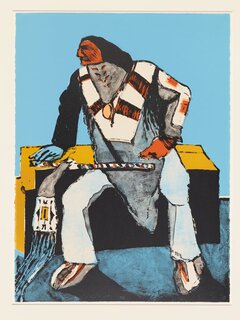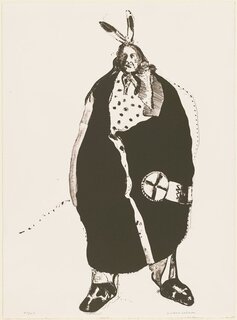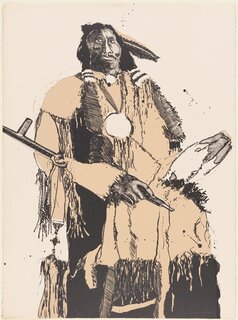
Homer’s decision to move to Maine in 1883 presumably indicated his desire to live close to nature—Prout’s Neck was a peninsula known for its rocky coastline and dramatic views of the Atlantic Ocean. Prout’s Neck, Breakers, later the model for the monumental oil painting Early Morning after a Storm at Sea, shows the artist’s continued fascination with the power of the sea. However, unlike his earlier marine works, this and other watercolors made at Prout’s Neck are usually devoid of human activity, exploring nature’s grandeur in its many manifestations. This work also exemplifies important aspects of Homer’s technique as a watercolorist, including the way he layered strokes of color—using a range of light and dark blues—to create the depth and force of the breaking waves. He used the white of the paper to produce a brilliant sheen on the sea, juxtaposed with a hazy sky above.




